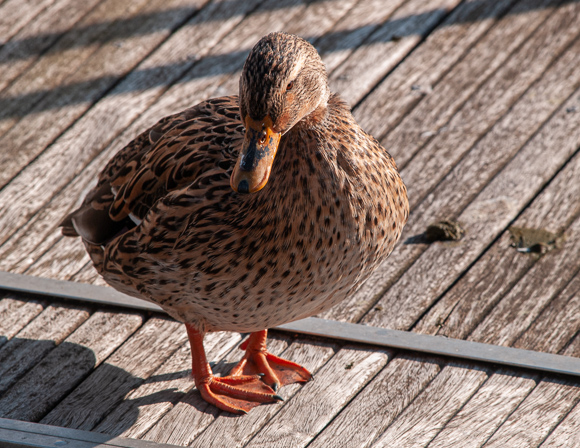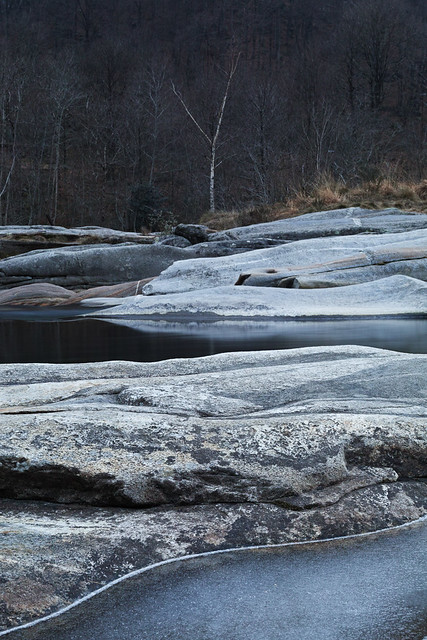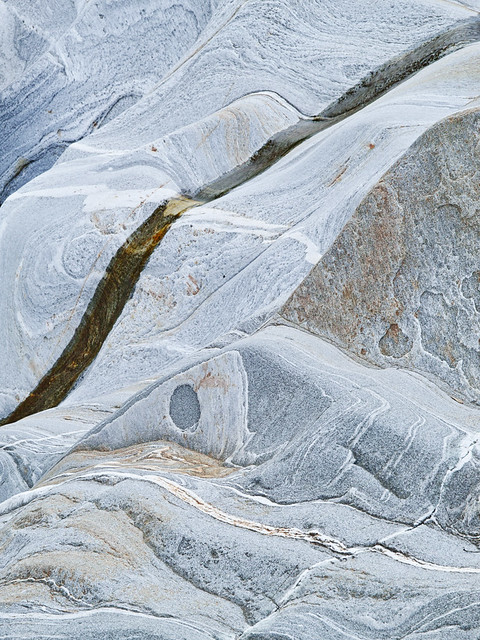So many photos
and so many more photos
A couple of weeks ago, Kirk Tuck wrote a blog post entitled “What do you do with all the photos you take?”. It was a very good question. Kirk, it seems - SPOILER ALERT - deletes a significant number of his before they even get on a computer. I probably should do the same, but I don’t. I have got an awfully large number of digital photos, and a whole lot more on processed film. Actually, my Lightroom catalogue, which goes back to 2004, more or less, as of today has 74’702, which I suspect is actually not so many, especially as 50’000 of those are test photos of ducks. But even so I can’t keep up. I continually take new photos, and the projects I have in mind for the previous batch get overwhelmed as I sift through the newer ones, which in turn get overwhelmed by their successors.
I have several projects I’ve actually started, apart from all the ones in my head. One is a fairly straightforward book of Antarctic photography - I’ve even written the text for it. Another is a rather more eccentric concept for a series on Venice. I’ve got the raw material for this stuff, I’ve got the ideas, but I haven’t got the time, or the ability to focus. And then I had an actually quite well planned and executed harvest of photos of Madeira’s levadas, which I absolutely love, but that’s still sitting on the virtual shelf. I’d get onto that only I have some stuff from the Lauterbrunnen valley from last week which got in the way. And so it goes. The problem is that I suspect that the part of all this which I most enjoy is taking the photos - well that and shopping for gear. I suppose I have some vague idea of a long enjoyable retirement when I’ll sort it all out - but actually, a retirement spent sitting in front of a computer, waiting for the final shutdown…is maybe not the best idea.
As I was saying, the problem is focus. I also have a lot of material to write about. It’s mostly in my head. I suppose I might manage to publish more frequently if I thought that anybody except me is actually reading this stuff, but pretty much nobody is, so it may just as well stay in my head. I’m not complaining - Kirk Tuck’s Visual Science Lab blog is a whole lot more appealing than mine, and deservedly popular. Item: he publishes a lot of gorgeous photos of equally gorgeous women. I don’t. Item: he writes extensively about endless buying fabulous camera gear allowing his readers to enjoy vicariously whatever his latest craze is, and to justify to themselves their own spending sprees. I don’t. I sometimes write about gear of very marginal interest to 99.99% of the gear audience, from a very eccentric angle. And always the same gear. Don’t come to me to fix your buyer’s remorse. Item: Kirk runs a successful photography business. I don’t. Item: Kirk has time for (a) at least one hugely interesting photowalk every day, (b) to maintain an extensive fitness program, (c) to write long and interesting blog posts, (d) to run his aforementioned successful business, (e) to have what appears to be a health and happy family life, (f) etc. Well, I suppose I do too, but actually mostly I procrastinate and read Kirk’s blog.
And I’m forever veering wildly off topic.
Maybe tomorrow I’ll delete all the test photos of ducks from 2005. And publish a set from Trümmelbachfälle. Or maybe I’ll just go out and take some more photos.

Your time’s up, duck









